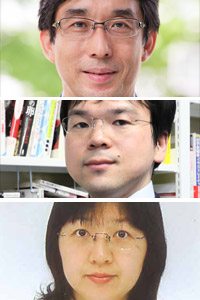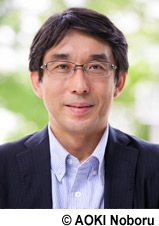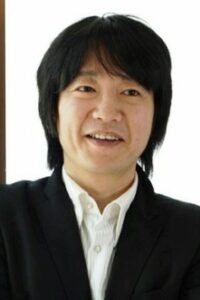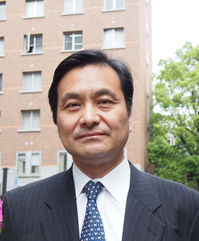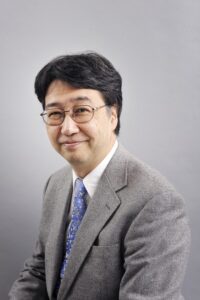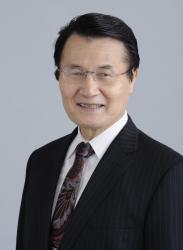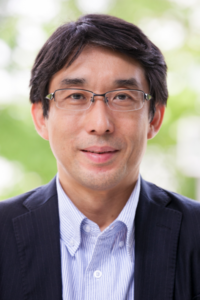
Robot research is one of Japan’s areas of specialty. With 310,000 units, Japan lead’s the world for the number of industrial robots in operation (2013). The level of research and development of robots at universities and research institutes is also high. People point to influences such as the popular Japanese anime Astroboy, with its robot protagonist, as the backdrop to this. Based on these circumstances, the Abe administration has positioned the robot industry as one of the growth strategies in its economic strategy ‘Abenomics.’ In light of Japan’s declining birth rate and aging population, there are high hopes in particular for the foray of robots in the field of nursing care. On the other hand, however, common problems from other fields of Japanese industry can also be seen in the field of robotics. Our processes for turning the seeds of new technology into a ... ... [Read more]
